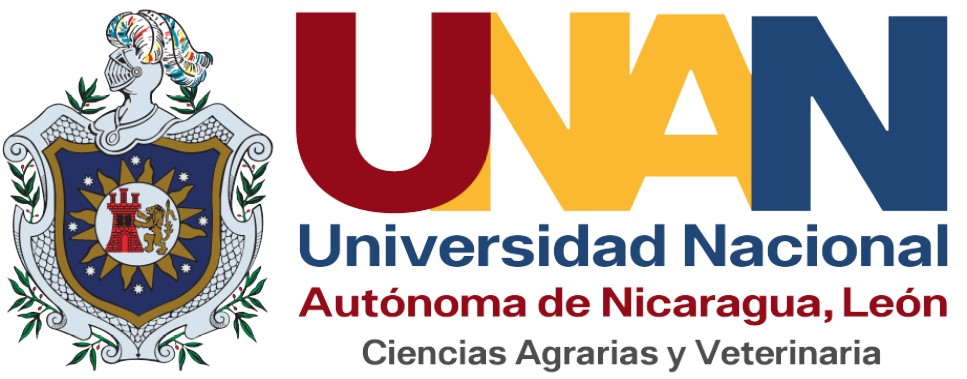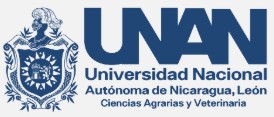Cost Analysis in the Production of Artisan Cheeses. Case Study: Quesería el Bejucal
DOI:
https://doi.org/10.5377/ribcc.v5i10.8969Keywords:
Cost structure, Artisan cheeses, Profit marginAbstract
The economic activity resulting from the production of artisan cheeses, is of great importance for the local economy, there is no such study that allows producers to know in detail the manufacturing costs of artisan cheese, currently producers only have approximations and their sales prices determine them according to the behavior of the market, without being certain about the profit margin. Therefore, this work was carried out that consisted in determining the cost structure in each type of artisanal cheese, which is elaborated in the "El Bejucal" cheese factory. This company is one of the most emblematic due to its tradition and prestige, located in the municipality of Balancán, Tabasco, and whose brand is protected by the Mexican Institute of Industrial Property (IMPI). Calculations were made based on the classification of direct and indirect costs and administration and sales expenses. It was found that pore cheese is the product with the highest production cost, compared to other products, mainly due to the high cost of packaging material. However, the income from the commercialization of the pore cheese corresponds to 70% and the rest to the other cheeses; the pore cheese is friable, soft and pressed pasta; slightly ripened, made from raw milk, is sold in pieces of approximately 300 g.
Downloads
Metrics
References
Baca U., G. 2006. Evaluación de Proyectos. 5ª. ed. McGRAHILL/INTERAMERICANA EDITORES S.A. DE C.V. México. pp. 190 - 217
Castañeda M., T., Boucher, F., Sánchez V., E. y Espinoza O., A. 2009. La concentración de agroindustrias rurales de quesos en el noroeste del Estado de México: un estudio de caracterización. Estudios Sociales. 17(34): 74 - 109.
Cesín-Vargas, A., Cervantes, F., y Villegas de G., A. 2012. La leche y los quesos artesanales en México. Agricultura, Sociedad y Desarrollo. 11(2): 243 - 248. https://doi.org/10.22231/asyd.v11i2.76
Chetty, S. (1996). The case study method for research in small -and médium- sized firms. International small business journal, 15: 73 – 85. https://doi.org/10.1177/0266242696151005
Diario Oficial de la Federación D.O.F. (2018). Norma oficial mexicana NOM-251-SSA1-2009, prácticas de higiene para el proceso de alimentos, bebidas o suplementos alimenticios. Recuperado 18 de junio de 2018, disponible en: http://dof.gob.mx/nota_detalle.php?codigo=5133449&fecha=01/03/2010
Domínguez L., A., Villanueva C., A., Arriaga J., C.M., y Espinoza O., A. 2011. Alimentos artesanales y tradicionales: el queso Oaxaca como un estudio del Centro de México. Estudios Sociales. 19(38): 166 - 193.
Enciclopedia de los Municipios y Delegaciones de México (2017). Estado de Tabasco. En http://www.inafed.gob.mx/work/enciclopedia/EMM27tabasco/municipios/27001a.html. Accesado el 10 de Abril de 2017.
Escobar A., G.E., Arias M., L., y Margarita P., L. 2009. Modelo para medir la situación financiera en empresas PYME. Scientia Et Technica. 15(43): 273 - 278.
Fideicomisos Instituidos en Relación con la Agricultura (FIRA) (2018) Sistema de agrocostos disponible en: https://www.fira.gob.mx/Nd/Agrocostos.jsp consultado el 09 de junio de 2018.
FIRA (2009) Elaboración de costos de producción agrícolas. 2009. Boletín Informativo. Nueva Época. 4. Fideicomisos Instituidos en Relación con la Agricultura. México.
Gittinger, J.P. (1987). Análisis económico de proyectos agrícolas (2da Ed.). España: Tecno S.A.
Hernández S., R., Fernández C., C., y Baptista L., P. 2006. Metodología de la Investigación. McGRAW-HILL. México. p. 523
Martínez C., P.C., (2006) El método de estudio de caso. Estrategia Metodológica de la Investigación Científica. Pensamiento y Gestión. 20: 166 - 193.
Melgarejo, Z., Arceluz, F. y Simón K. 2007. Desempeño económico: diferencias de pequeñas empresas clasificadas según la estructura de la propiedad del capital. REVESCO. Revista de Estudios Cooperativos. 93: 7 - 38.
Muñante, D. (2002). Seminario en formulación y evaluación de proyectos de inversión (módulo IV y V). Texcoco, Estado de México: División de Ciencias Económico-Administrativas (DICEA) de la Universidad Autónoma Chapingo.
Romero, L.E. (2006). Competitividad y productividad en empresas familiares pymes. Revista Escuela de Administración de Negocios, 57: 131- 141. https://doi.org/10.21158/01208160.n57.2006.378
Sistema de Información de la Gaceta de la Propiedad Industrial, SIGPI, (2015). Instituto Mexicano de la Propiedad Industrial. En http://siga.impi.gob.mx. Accesado el 10 de Abril de 2015.
Sistema Nacional de Información Municipal SNIM, (2017). Disponible en http://www.inafed.gob.mx. Accesado el 10 de Abril de 2017.
Trejo T., B. I., De los Ríos C., I., Figueroa S., B., Gallego M., F.J., y Morales F., F.J. 2011. Análisis de la cadena de valor del queso Manchego en Cuenca, España. Revista Mexicana de Ciencias Agrícolas. 2(4): 545 – 557. https://doi.org/10.29312/remexca.v2i4.1639
Villegas de G., A. y Cervantes E., F. 2011. La genuinidad y tipicidad en la revalorización de los quesos artesanales mexicanos. Estudios Sociales. 19(38): 146 - 164.
Villegas V., E. 2002. Análisis financiero en los Agronegocios. Revista Mexicana de Agronegocios. 6(10): 337 - 349.
Miller, D., & Le Breton-Miller, I. (2005). Managing for the long run: Lessons in competitive advantage from great family businesses. Harvard Business Press.
Downloads
Published
How to Cite
License
Copyright (c) 2019 IBERO-AMERICAN JOURNAL ON BIOECONOMY AND CLIMATE CHANGE

This work is licensed under a Creative Commons Attribution-NonCommercial-ShareAlike 4.0 International License.
Copyright © 2025 Rev. iberoam. bioecon. climate change. National Autonomous University of Nicaragua León (UNAN-León), Knowledge Area of Agrarian and Veterinary Sciences / Specific Area of Agroecology and Agribusiness / Center for Research in Agrarian Sciencies. Academic Directorate. Research Department. Publication and scientific events Unit.












 EDITORIAL
EDITORIAL e-ISSN
e-ISSN


 COPYRIGHT
COPYRIGHT This work is licensed under a Licencia Internacional
This work is licensed under a Licencia Internacional 












